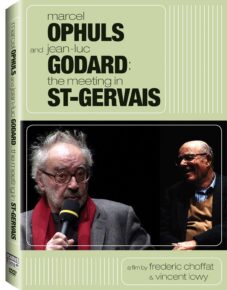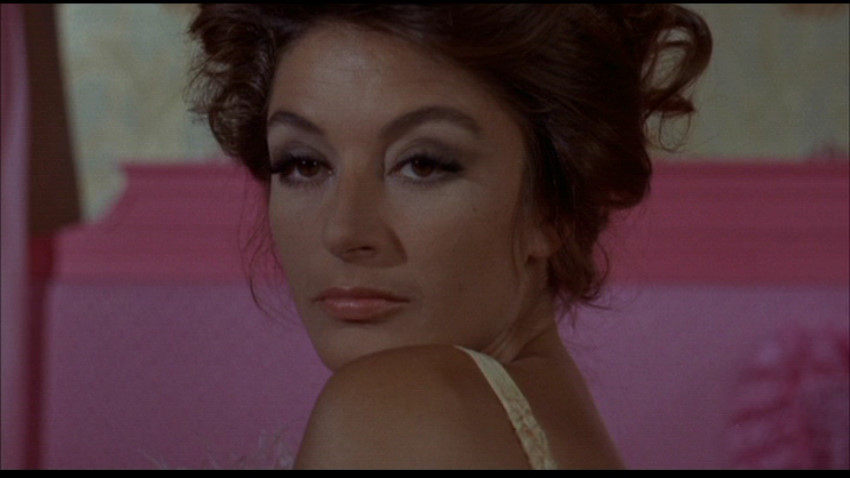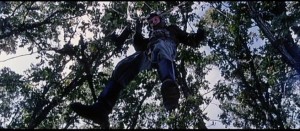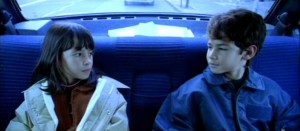My DVD column for the Fall 2015 issue of Cinema Scope. — J.R.
Practically speaking, we should invent our own extras, not necessarily or invariably depend on those that are made on our behalf. To cite four examples of what I mean:

(A) According to normal usage, Icarus Film’s DVD of Frederic Choffat and Vincent Lowy’s 44-minute Marcel Ophuls and Jean-Luc Godard: The Meeting in St-Gervais contains no extras. But according to my own usage, this DVD itself functions as an extra to a 100-page book that I own, Dialogue sur le cinéma: Jean-Luc Godard & Marcel Ophuls, published by Le Bord de l’Eau in 2011. That book, prefaced by short essays by Vincent Lowy and André Gazut and concluded by Daniel Cohn-Bendit’s essay for Le Monde, ‘Mon ami Godard’, transcribes two encounters between Godard and Ophüls, held in 2002 and 2009 (the first of these focusing more on Marcel’s father Max), whereas the DVD includes most (but not all) of the second of these dialogues, and somehow manages to leave out some of the more interesting parts, either through cuts or incomplete subtitles. Which doesn’t mean that Icarus’s release isn’t worth having — only that its contents are worth contextualizing beyond the material offered by Icarus. Read more
Written for a retrospective catalog devoted to Jacques Demy, published by the San Sebastian International Film Festival, September 15-24, 2011, and reprinted in my book Cinematic Encounters 2: Portraits and Polemics (2019). — J.R.
“Braque, Picasso, Klee, Miro, Matisse….C’est ça, la vie.”–- Maxence in Les Demoiselles de Rochefort
“Life is disappointing, isn’t it?”
–- Kyoko in Tokyo Story
1
I’ve never come across any critical discussion of common traits in the separate films of Jacques Demy and Agnès Varda, who lived together for three decades. Their oeuvres are in fact quite different and distinct from one another, but one striking characteristic they share as filmmakers is their preoccupation with indexing and cross-referencing their own works within their own films.


In chronicling and excerpting her own previous work, Varda’s Les Plages d’Agnès (2008) brings this tendency to a climax, but her DVD containing Les Glaneurs et la Glaneuse (2000) and its sequel, Deux Ans Après, already formalizes and optimizes this tendency — which can be traced within and between some of her previous films — by allowing one to leap via one’s remote control from a character in the former documentary to the same person being filmed two years later (or vice versa). Read more
From the Chicago Reader (May 4, 1999). — J.R.

The best Spanish film I’ve seen in years, this 1998 feature by Julio Medem (Cows, The Red Squirrel, Earth), attractively shot in ‘Scope, is the story of two young lovers who first encounter one another at the age of eight, told from alternating viewpoints that after 17 years converge in Finland. The romantic style of the film commands attention as much as the story itself, which is shaped — like the names of the two lead characters, Otto and Ana — as a palindrome. The graceful jumping about in time and space may recall the early work of Alain Resnais, but the theme and ambience are Spanish to the core; Medem charts the crisscrossing destinies of the two leads with passion as well as lyricism. With Fele Martinez and Najwa Nimri. In Spanish with subtitles. R, 112 min. (JR)
 Read more
Read more





